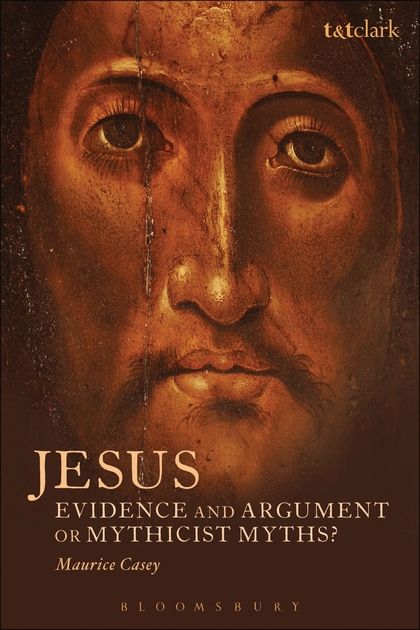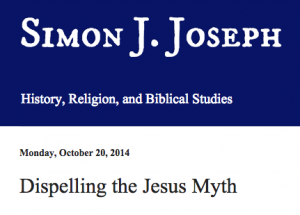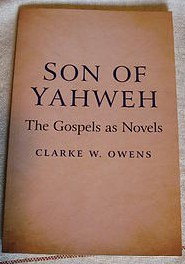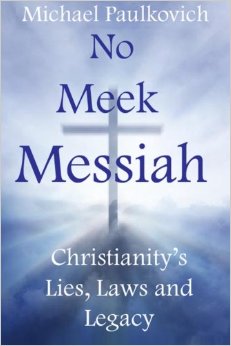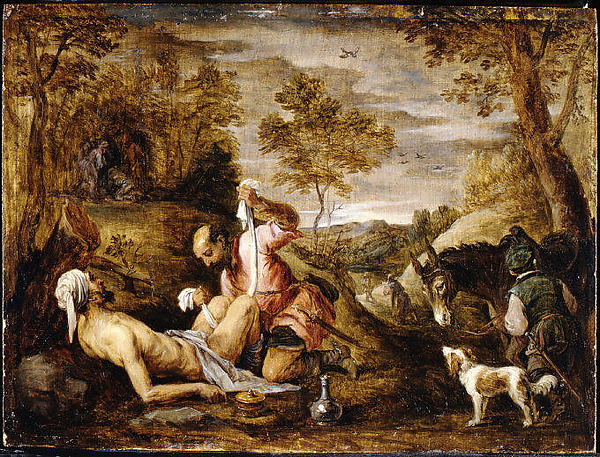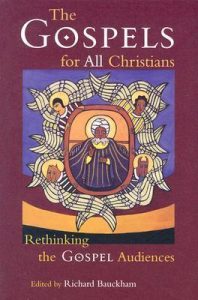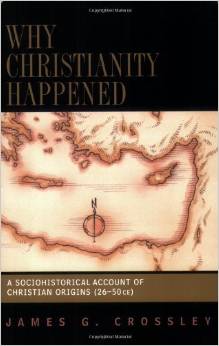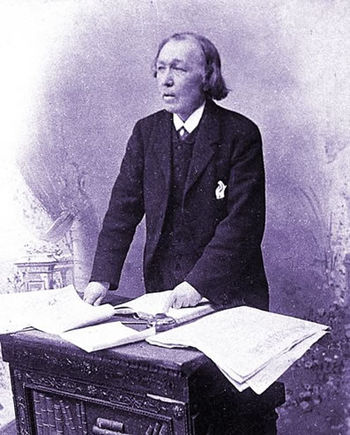For all posts in this series: Roger Parvus: A Simonian Origin for Christianity
Previous post in this series: A Simonian Origin for Christianity, Part 13: Simon/Paul and the Law of Moses
Heikki Räisänen, in the preface to the 2nd edition of his Paul and the Law, writes:
And, continues Räisänen:
But perhaps it is not the complexity of Paul’s view of the Law that has made a convincing synthesis so elusive. Marcion, the earliest known interpreter of the Pauline letters, contended that the text in circulation in his day had been interpolated earlier by someone whose rejection of Judaism was less radical than that of the original author. That means the alleged tampering would have occurred anywhere from 75 to 125 years before the time our earliest extant manuscripts of the letters are dated. If Marcion was right, what the letters say about the Law is likely a composite of what two people wrote: the Apostle and a Judaizing interpolator who “corrected” them. And if so, a coherent synthesis will forever be impossible. Disentanglement will be needed, not synthesis. I have been freely playing the interpolation card in this series, trying to see if Marcion’s claim can provide solutions to the puzzles in the Pauline letters. Specifically, I am trying to see if the letters make better sense when viewed as writings of Simon of Samaria that were later interpolated by a proto-orthodox Christian. In my last post I started looking into the law-related inconsistencies in Galatians and Romans. I suggested that the apparent denial of the divine origin of the Mosaic Law in Galatians 3:19 may be Simon’s work, and the clear exoneration of said Law in Romans 7 the work of an interpolator. Let’s now go back and take a look at the literary context of the denial. Let’s see if the context can be plausibly untangled into two different positions regarding the Law. |
Faith and Works
In Galatians 3 the Apostle begins by reminding his readers that they received the Spirit by faith, not by works of the Law. Their reception of the Spirit and their experience of “mighty deeds” (Gal. 3:5) had been triggered by their faith in the message preached by the Apostle, a message he apparently confirmed by putting before their eyes the writing(s)—the Vision of Isaiah?—in which Jesus Christ was “forewritten as crucified” (Gal. 3:1). Moreover, continues the letter, it is not Abraham’s Law-observant descendants who have been blessed along with him, but rather anyone who has Christian faith. “So you see that it is men of faith who are the sons of Abraham… those who are men of faith are blessed with faithful Abraham” (Gal 3:7 and 9).
For all who are of the works of the law are under a curse; for it is written, “Cursed be everyone who does not abide by all things written in the book of the law, and do them.” Now it is evident that no man is justified before God by the law, for “He who through faith is justified shall live.” But the law does not rest on faith, for “The man who does them shall live in them.” Christ redeemed us from the curse of the law, having become a curse for us—for it is written, “Cursed is everyone hanged on a tree”—that in Christ Jesus the blessing of Abraham might come upon the Gentiles, that we might receive the promise of the Spirit through faith.
Brothers, in terms of merely human relations no one annuls even a man’s covenant, or adds to it, once it has been ratified. Now the promises were made to Abraham and to his seed. It does not say, “And to seeds,” referring to many; but, referring to one, “And to your seed,” which is Christ. What I am saying is this: the law, which came four hundred and thirty years afterward, does not annul a covenant previously ratified by God, so as to make the promise void. For if the inheritance is by the law, it is no longer by promise; but God gave it to Abraham by a promise. (Gal. 3:10-18)
So far there is nothing here that could not have been written by Simon of Samaria.
It is the next section that brings in ideas that are hard to harmonize with each other and with the passages above. The attempts to do so, according to J.B. Lightfoot, already numbered in the hundreds when he wrote his 1865 commentary on Galatians (Galatians p. 146).

